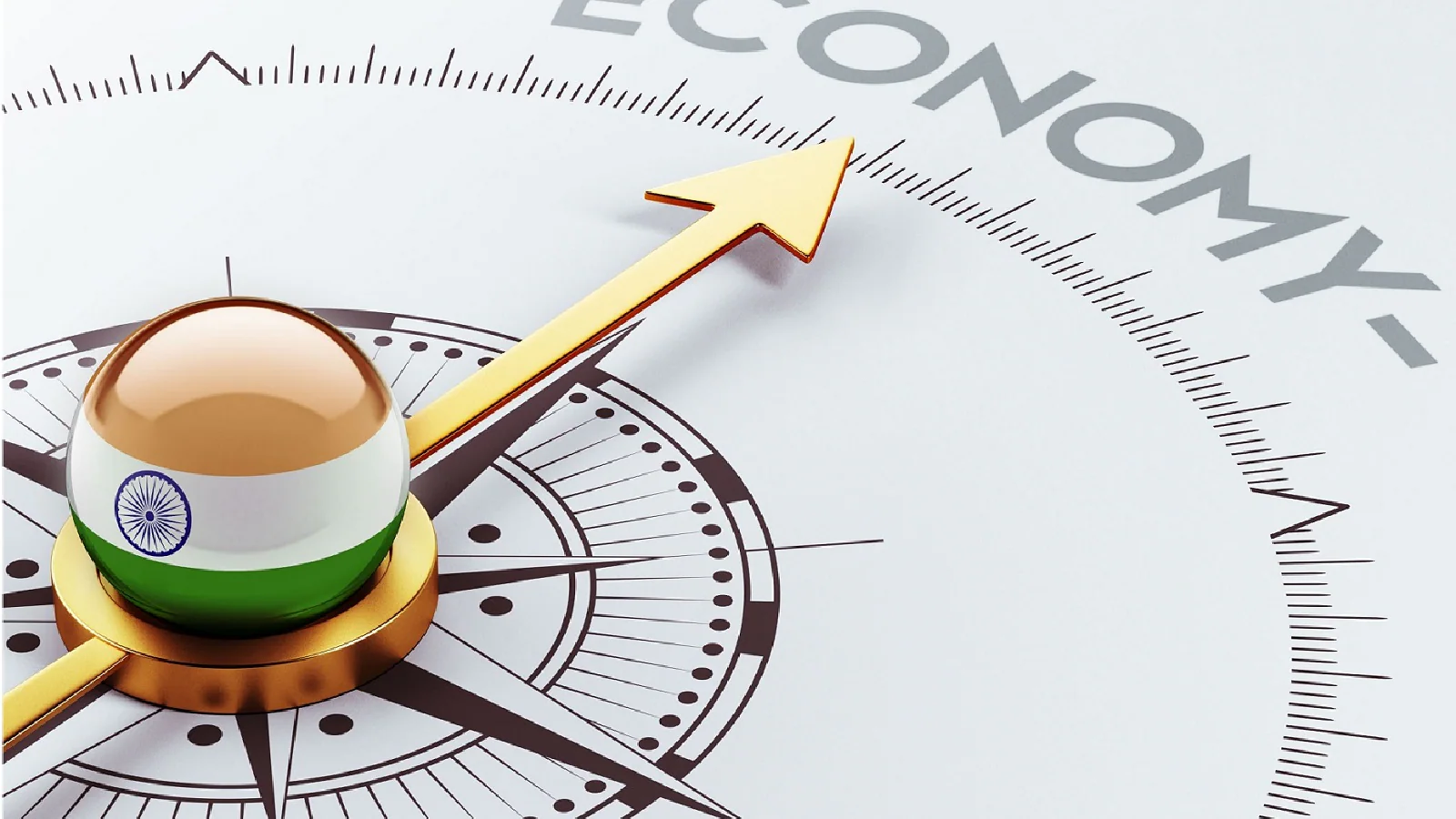By Mohammad Haris,News18
Copyright news18

India continues to demonstrate resilient growth despite global uncertainties, according to PL Wealth, the wealth management arm of PL Capital (Prabhudas Lilladher). In its Market Outlook for September 2025, the brokerage firm has highlighted low inflation, stable macroeconomic conditions, and sustained policy reforms as key drivers supporting India’s long-term equity prospects.
PL Wealth said India’s GDP for Q1 FY26 surprised on the upside at 7.8% year-on-year, surpassing expectations of 6.9%. Strong manufacturing activity, front-loaded government capital expenditure, and favorable deflators contributed to this performance. The GST rationalization implemented in September 2025 is expected to further lift growth by 0.2-0.3%, spur consumption, and ease inflationary pressures. Adding to the positive sentiment, S&P upgraded India’s sovereign rating to BBB (stable) after 18 years, citing the country’s growth resilience and fiscal prudence. CPI inflation also dropped to a 97-month low of 1.55% in July, creating room for potential policy rate cuts. Services activity remains strong, with the Services PMI hitting a 15-year high of 62.9 in August.
Global Headwinds and Domestic Challenges
Despite the positive backdrop, PL Wealth warned that India faces several headwinds. Tariff tensions with the US, with duties as high as 50% on sectors like textiles, auto components, leather, gems, and shrimp, remain a concern. Foreign portfolio investors pulled out $4 billion in August, marking the largest monthly outflow in seven months. Additionally, Punjab’s worst floods in four decades damaged over 1.75 lakh hectares of crops, raising concerns about rural incomes. The merchandise trade deficit widened to $27.4 billion in July, an eight-month high, while urban demand remains fragile.
“India’s structural growth story remains intact with reforms, capex momentum, and low inflation providing strong tailwinds. While tariff headwinds and global volatility weigh on near-term sentiment, we believe disciplined investors can use market volatility to accumulate quality assets for long-term wealth creation,” said Inderbir Singh Jolly, CEO of PL Wealth Management.
Equity Market Outlook
In the short term (1–3 months), PL Wealth advises caution as US tariff uncertainties, FPI outflows, and weak earnings trends continue to add volatility. The firm recommends focusing on large-cap exposure and using staggered entries to manage timing risks. Sectors with significant U.S. exposure, such as pharma, auto components, and select industrials, remain particularly vulnerable.
Over the medium term (6–12 months), the outlook turns cautiously constructive. If volatility stabilises, opportunities may arise in mid- and small-cap segments, as well as domestic demand-driven sectors like consumption, infrastructure, and retail.
For the long term (2–5 years), PL Wealth maintains a positive structural view. A normal monsoon, ongoing policy reforms, government capex, and the financialization of savings are expected to continue underpinning India’s growth. The firm sees significant potential in high-quality large-cap stocks and selectively researched mid- and small-cap names.
Fixed Income Strategy
PL Wealth maintains a neutral stance on fixed income, with a positive bias at the long end. The firm recommends selective additions in government securities (G-Secs) and state development loans (SDLs), while short-tenor AAA corporates remain preferred for accrual. Credit risk appetite remains muted, as bond markets continue to react to fiscal concerns and global tariff risks. The 10-year G-sec yield rose 14 basis points since July to 6.51%.
Currency Outlook
The Indian rupee weakened to 87.85/USD in August, pressured by tariffs and equity outflows. The RBI has allowed gradual depreciation while ensuring orderly market movement. In the near term, the Indian rupee is expected to trade in the 87.5–88.5/USD range, with medium-term stabilisation projected between 86–88/USD. Further escalation in tariffs, however, could push the currency closer to 90/USD.
“Markets are navigating global volatility with resilience, but the near-term picture remains clouded by tariffs and FPI outflows. We continue to believe that disciplined, long-term investors should use volatility to build exposure to quality companies, while fixed income and precious metals provide tactical opportunities in the current environment,” added Jolly.



